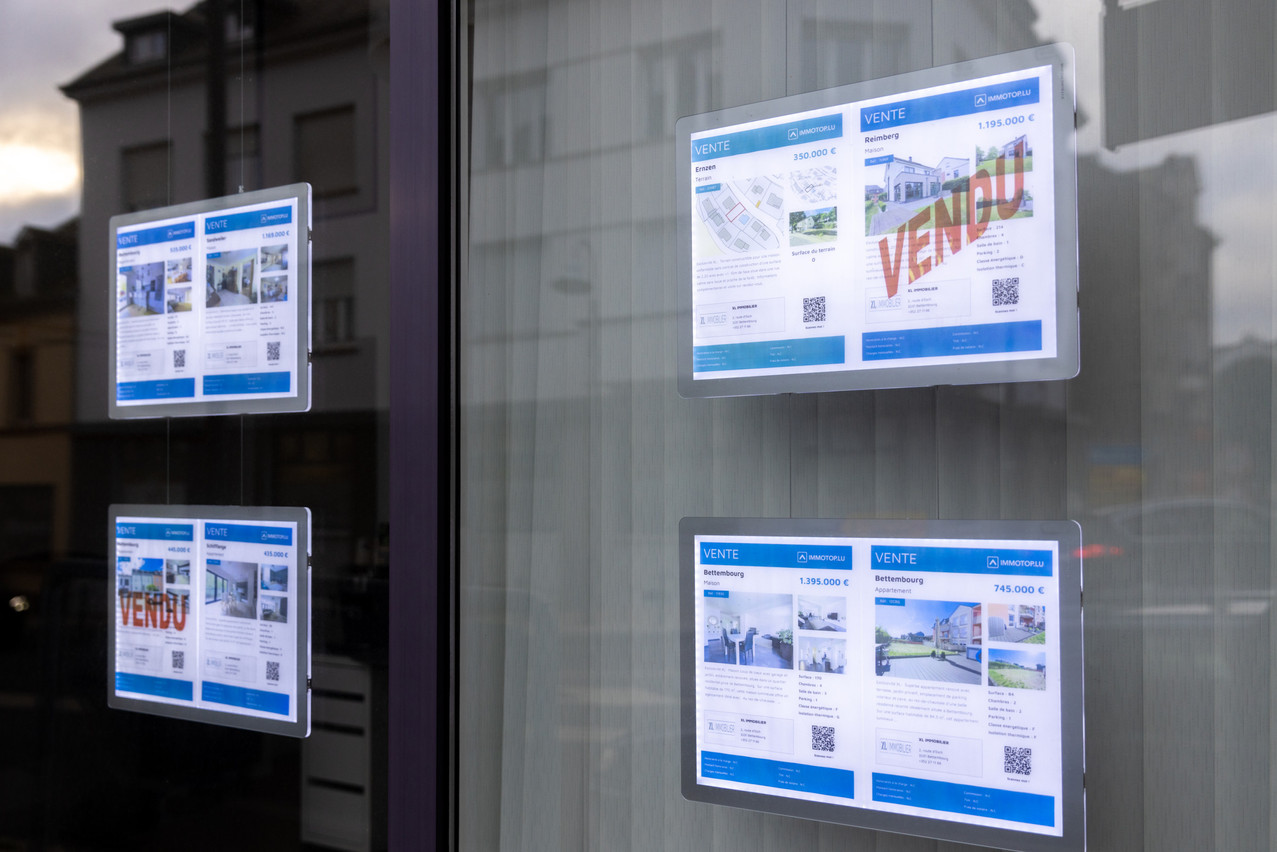According to Statec, it accounts for 35.2% of household consumption expenditure in Luxembourg. However, housing--or, at least, the purchase of housing--is not included in the calculation of the consumer price index published each month by the statistics institute.
The purchase of a home is considered an investment.
“Buying a home is considered an investment. We’ve been holding discussions at European level since the late 90s on how to include the purchase of a home in the consumer price index, but to date we haven’t found a satisfactory solution,” admits Marc Ferring, head of the prices unit at Statec.
The statistics institute takes into account changes in rents, maintenance and repair costs, electricity, gas and liquid fuels for the sub-division of the index dedicated to housing. So housing is not totally ignored, but in a country where the rate of home ownership is 72.4% according to Eurostat, property purchases are like the hidden face of the iceberg.
Luxembourg is no exception
At a time when , with rising rents as a result, can the mere consideration of rents add to the rate of inflation in Luxembourg? Not for Ferring, who points out that the index is comparable both over time and with other European countries, which also exclude house purchase prices. “Everything to do with housing consumption is included in the consumer price index. In 2022, this division will account for 18% of the total.”
The fact remains that consumer habits change over the years. For example, households that have abandoned their internal combustion engine cars are no longer exposed to fluctuations in fuel prices. “The share of electricity in the weighting will probably increase in the coming years,” explains Ferring.
An up-to-date, comparable basket
At the beginning of each year, Statec updates its consumer price index, both in terms of the weighting of the divisions and the content of the headings. For example, “the price of subscriptions to streaming video services has been added to the consumer basket in recent years, as have electrically-assisted bicycles, disinfectant gel and face masks,” explains Ferring.
And because the NCPI monitors changes in the price of items, those distributed seasonally, such as Christmas or Easter sweets, for example, are excluded from the survey. “Prices are always compared for the same product at the same point of sale,” Ferring points out.
100,000 items will soon be automatically recorded
The team works on the basis of two sources: a manual survey carried out during the first three weeks of the month on around 7,600 items in a selection of outlets located mainly around the capital but also, to a lesser extent, in the south and north of the country. The other source is generated automatically by sending the checkout prices of 90,000 items via the “scanner data.”
This process is set to expand over the coming months, and Statec estimates that it will exceed 100,000 references next year. As of this year, the prices of fresh fruit and vegetables and alcoholic beverages are automatically recorded by the data scanner. Wine prices, on the other hand, are still collected manually.
Read also
Finally, some price categories are not measured on a monthly basis. These include university tuition fees, which can change at the start of the academic year, council tax, which is generally indexed in January, and fashion items, which are extracted four times a year.
This painstaking work is carried out by a team of seven surveyors who are among the first to witness inflation. It should be noted that the surveys are carried out in a sample of shops ranging from small convenience stores to hypermarkets and discounters.
This story was first published in French on . It has been translated and edited for Delano.
